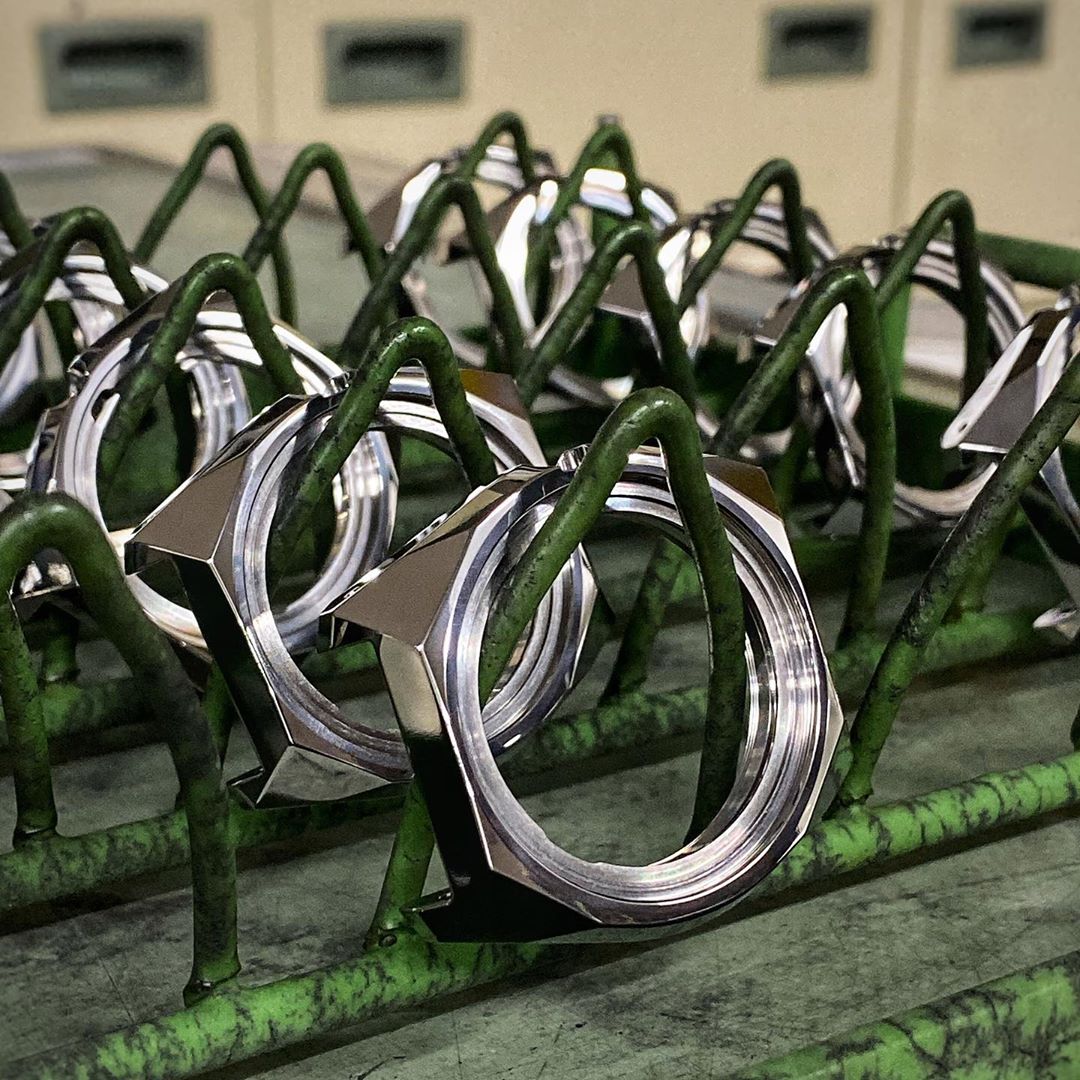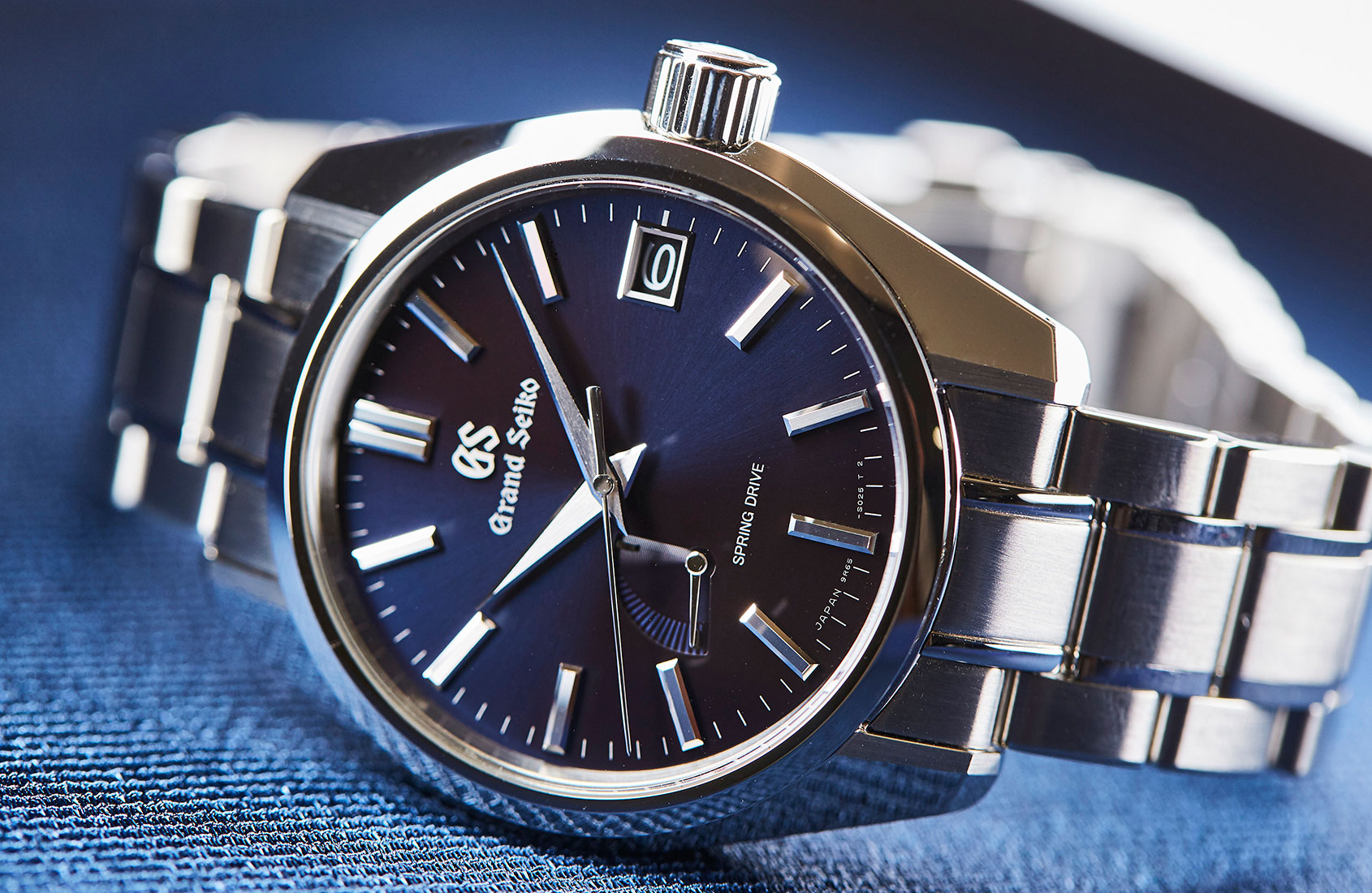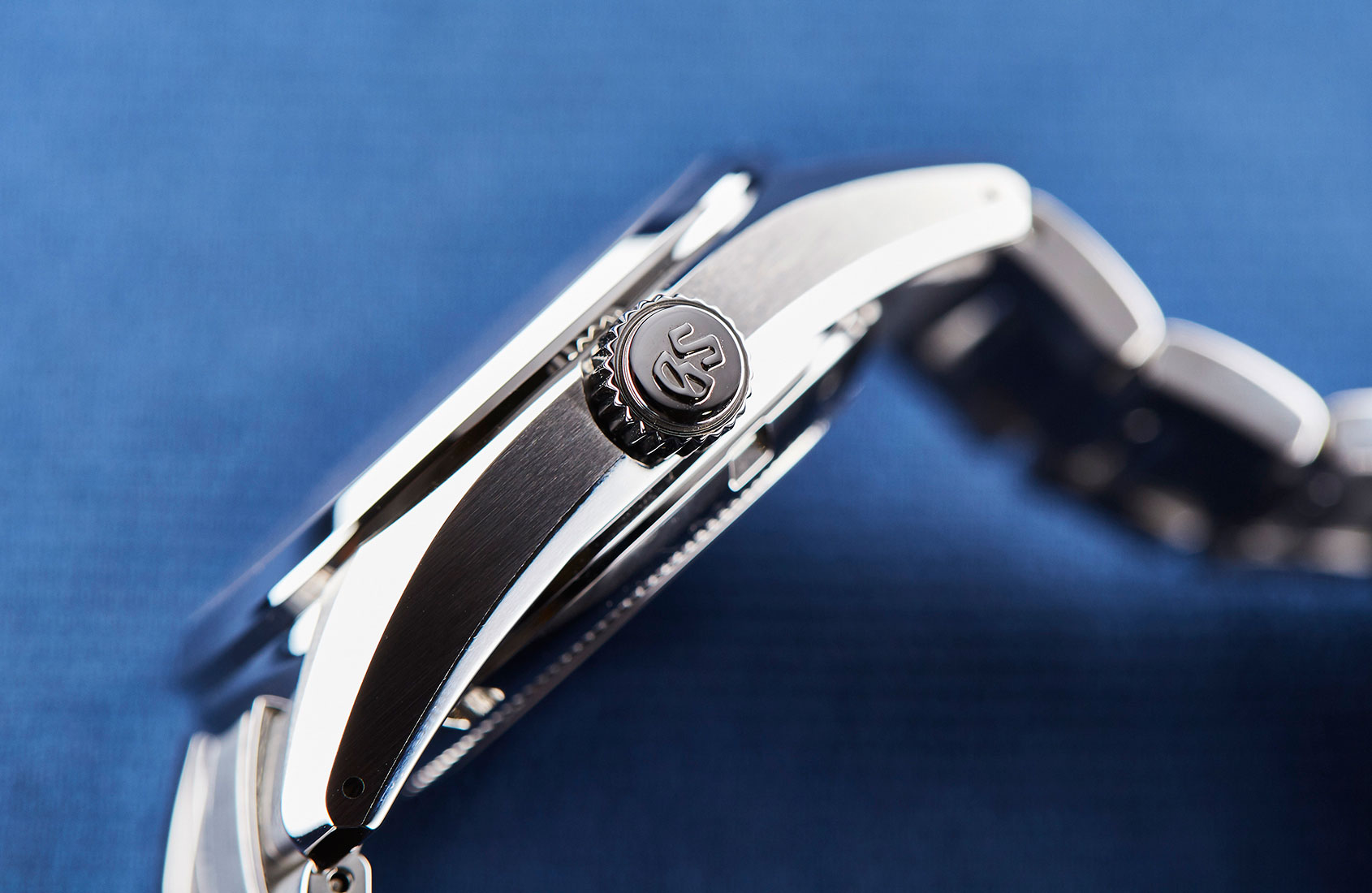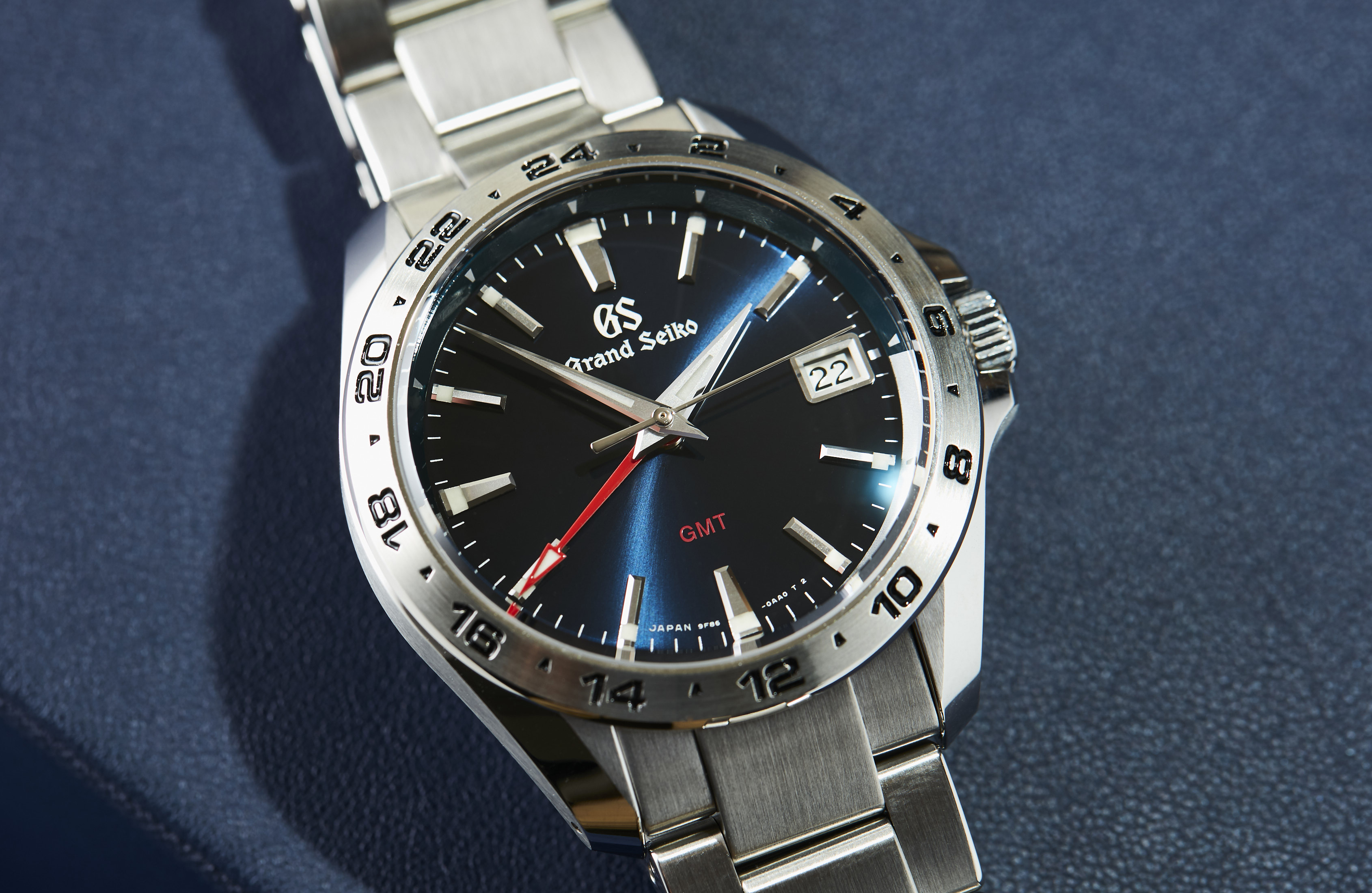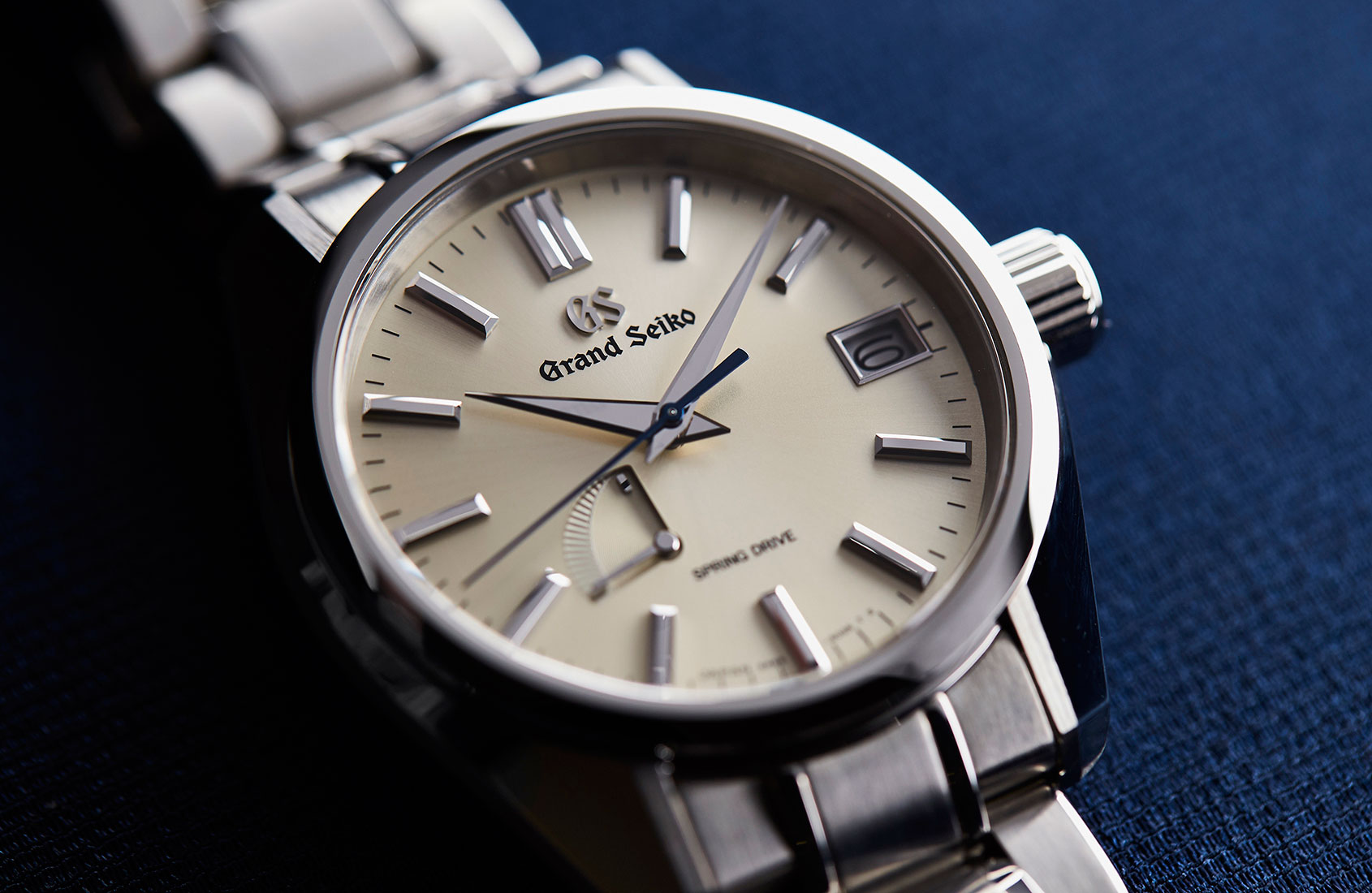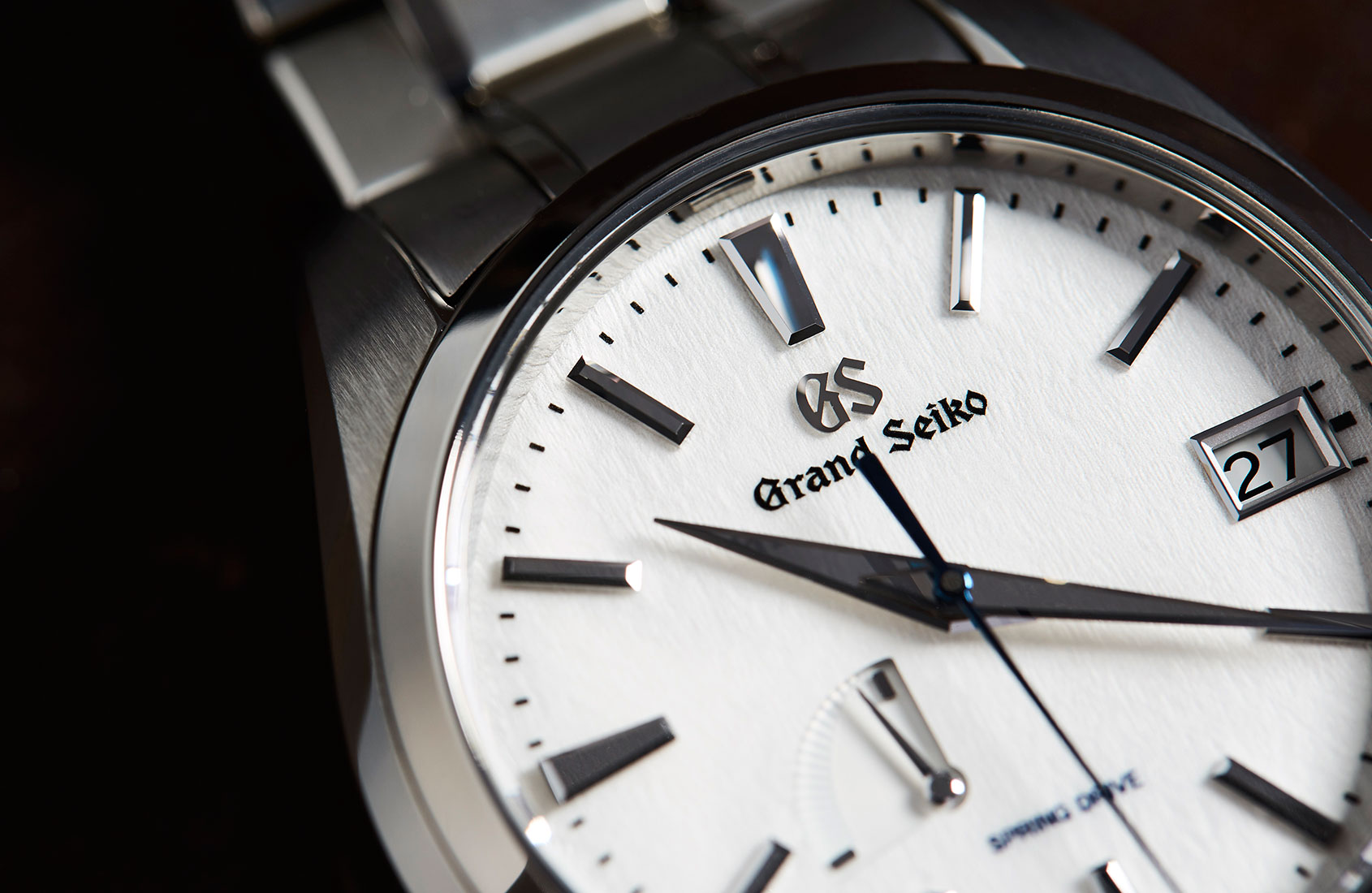6 things you may not know about Grand Seiko – Part 1
Zach BlassWhile Grand Seiko has more and more collectors and watch buyers on their radar, with a community of fans growing each day, there is always more to discover when it comes to this esteemed Japanese watch manufacturer. While visiting the Nature of Time Exhibition, going through each of its eight stations and speaking with staff along the way, I was continually taken aback by the facts and tidbits I was learning. While I consider myself quite knowledgeable on the brand, I discovered just how much more there was to learn about their watches and those who craft and assemble them. Here are six things I think will be new and interesting, even to the most devoted Grand Seiko fans.
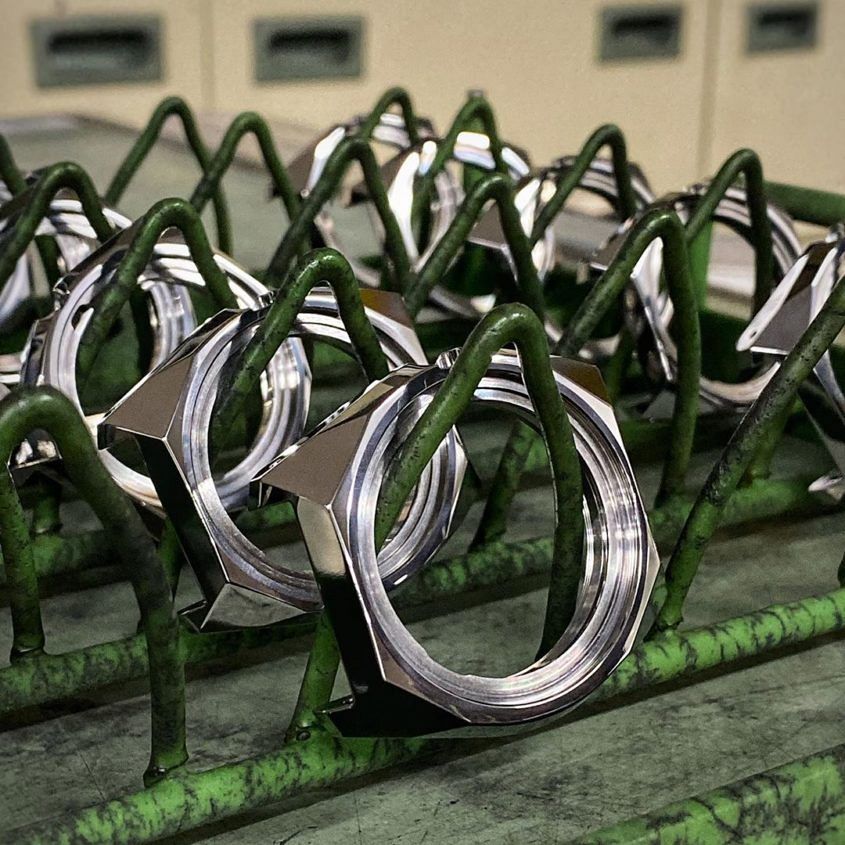
1. What makes a Grand Seiko a Grand Seiko?
The design principles underpinning the brand can be boiled down to four categories/principles: accuracy, durability, legibility, and beauty.
Accuracy
First and foremost on the list is accuracy. Grand Seiko is not going to make a movement that does not excel in its level of precision. We see this not only in the revolutionary spring drive movements that are accurate within a second per day, but also in their traditional mechanical movements that are adjusted to standards stricter than chronometer status. Ultimately, every Grand Seiko is made to be highly accurate, and highly durable to ensure this accuracy stands the test of time.
Durability
Second, Grand Seiko watches are built to be robust and durable. Durability will never be sacrificed when conceiving a watch and its design. This explains why certain Grand Seiko movements and watches/cases can be seen as quite thick by some consumers. This is not a design flaw, but rather a design measure that ensures the robustness and longevity of components and the movement as a whole. The precision and accuracy mentioned above is in part achieved through this level of durability, increasing both longevity and accuracy.
Legibility
Third, if you have an accurate watch, you need to be able to read it. This is why legibility will never be compromised in Grand Seiko. Whether or not lume is present on the dial, the high level of finishing found on the hands and markers not only plays with the light for aesthetic purposes, but also increases the level of legibility of the watch. I can certainly attest that even during a movie in a dark theatre I was able to see the time clearly on my SBGA211 “Snowflake” watch without fail. With the above in mind, you’re never going to see a black dial with black hands and black markers on a Grand Seiko watch. Unless they figure out how to make it super legible, it’s not going to happen.
Beauty
There’s also the element of beauty. A beautiful watch is totally subjective. But when it comes to Grand Seiko design, there is a grammar of design. This Grammar of Design is the concept of Japanese aesthetic, utilising these ultra-flat surfaces, very sharp angles, all working towards the main goal of having a beautiful interplay of light and shadow. When it comes to their aesthetics, it is founded in the dynamics of light and shadow. How much contrast? How much can you change the look of this watch when it’s in different light? These facets work together in order to create their beautiful expression. When you look at a 44GS, even though it’s all polished, the slight difference in angles creates the necessary contrast, where the lug on its flattest part, on angle dial side, would be completely black. The little faceted end at the lug is going to have light, creating the desired aesthetic contrast. You can tell the three-dimensional shape of the watch, even if it’s a picture, just based on the way the light is interacting with those different angles. This includes the hands and markers. They are very angular, creating that contrast, light on one side, shadow on the other.
These four factors are the foundation of what makes a Grand Seiko watch distinctly Grand Seiko.
2. Grand Seiko watchmaker training is harder than you think
Before I get into this point, I would like to make one thing clear: watchmakers for the most part are never done learning their craft. They are constantly evolving and honing their skills. That said, the traditional WOSTEP certification program is a typical path for those who want to work with Swiss-made watches (among others). This program, once accepted to it, requires two years of full-time study, with 3200 hours of training before a diploma is potentially received. Patek Philippe, with their in-house training school, is similar as it requires students to study for two years full time (9am-5pm Monday-Friday). Upon completion of the two-year program, and passing of examinations, students become entry level, level 2, watchmakers for Patek Philippe equipped to work on quartz and time/date mechanical/automatic movements and as they grow in experience work towards levels 3 and 4 (with 4 being broken up into 4a-e) .
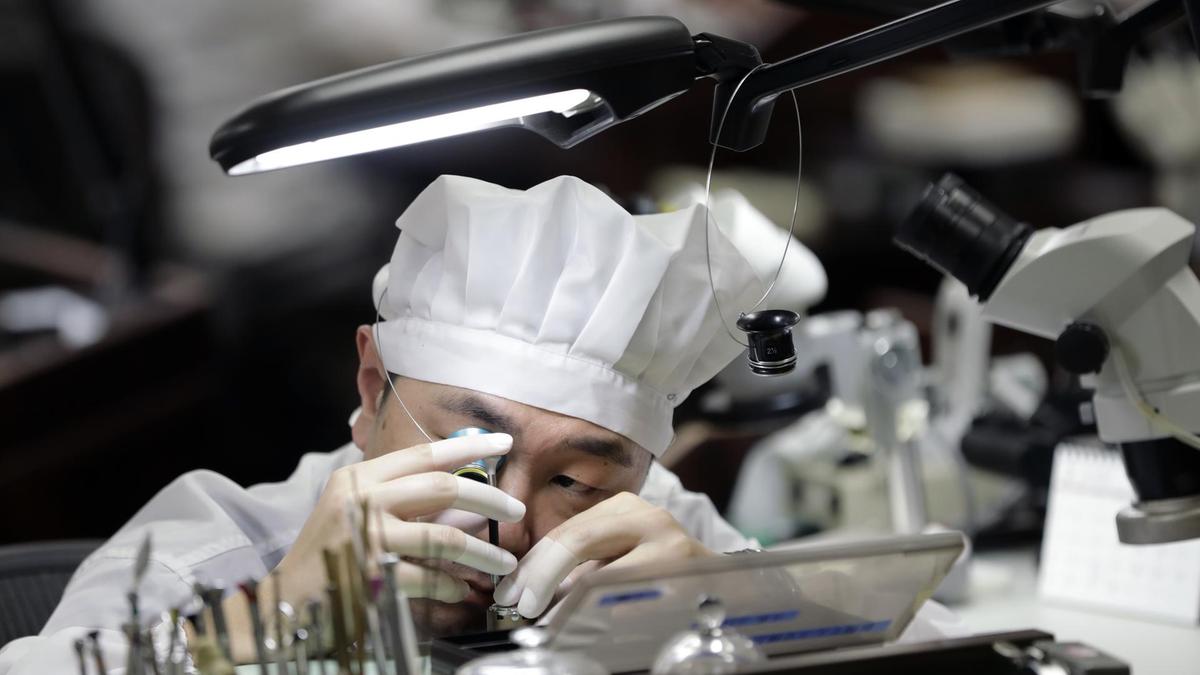
Grand Seiko, on the other hand, has a different requirement. There are three levels of watchmakers within Grand Seiko: Bronze, Silver and Gold. Generally, to become an entry-level Bronze GS watchmaker, it takes about 10 years (unless a student is very highly skilled and is able to test out early). Just like the Horological Society in New York (which Grand Seiko is a proud sponsor of) is keeping watchmaking education live in the US, Seiko/Grand Seiko is doing the same in Japan. Some of their watchmaking students come from a more traditional path through either high school or universities, where some have a background in engineering and mechanics and the breadth in age is apparently vast.
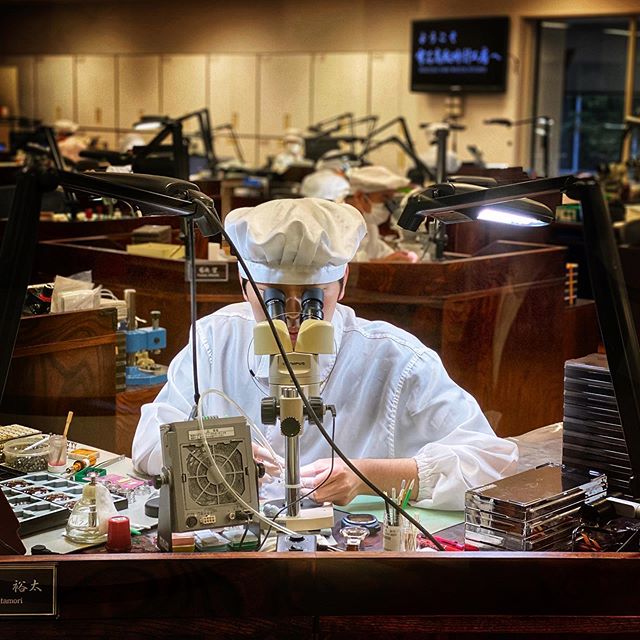
Grand Seiko encourages all sorts of people to learn the craft of watchmaking, especially locals. The Seiko Corporation is long-established in Japan, with their studios and manufacturing facilities a known and appreciated presence in the rural areas/secluded towns they are situated in. Being a watchmaker, and continuing the distinct tradition of Grand Seiko and Japanese watchmaking, is a job that serves as an immense source of pride. Yes, they take a lot of pride in what they do, but always with discernible modesty and integrity.
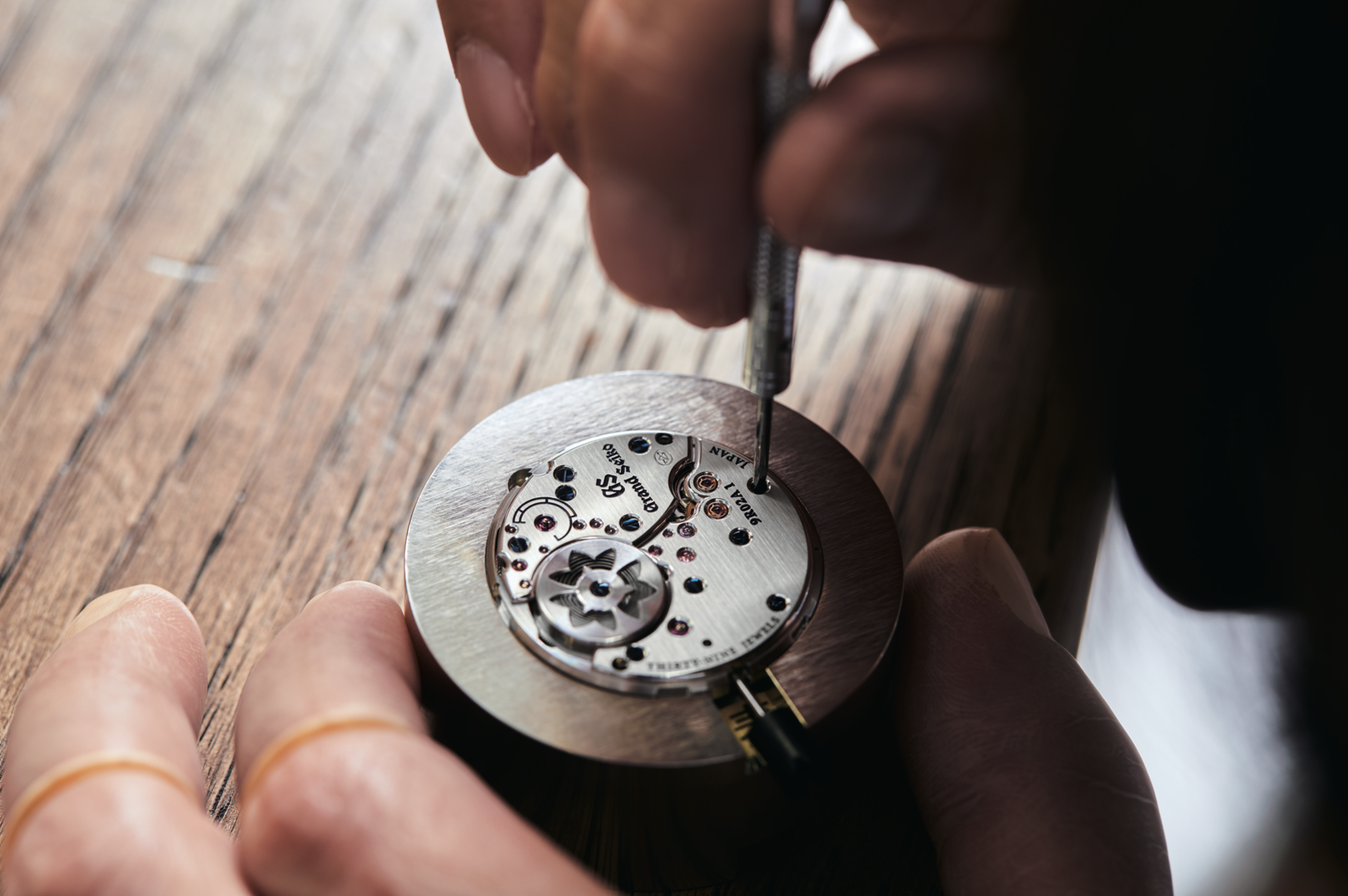
To get to silver and gold levels, there’s other criteria that watchmakers have to meet. These benchmarks are not fixed amounts of time of training. They are only achieved when a watchmaker has demonstrated their evolving and excelling craft within the company. For silver, it is a national recognition in the craft, with gold signalling an international recognition of the craft. In 2019, for example, just six watchmakers had gold certification. To retain it, they must do a test every two years. It’s a very challenging and immeasurable journey to get to those levels of watchmaker. Like a Padawan becoming a Jedi Master, one can only test up to these levels when deemed ready by the existing group of master watchmakers. And there is no guarantee of progression to these levels. The irony of becoming a Master … those who attain the status of master watchmaker, is that at times they are pulled off the assembly line or from their desks, to train others. They are required to split their time working to train the next generation of watchmakers rather than work full time on the watches produced by the brand each year.
3. The Silk/Champagne Sunray Dial (SBGA373) is harder to fabricate than the Snowflake dial (SBGA211)
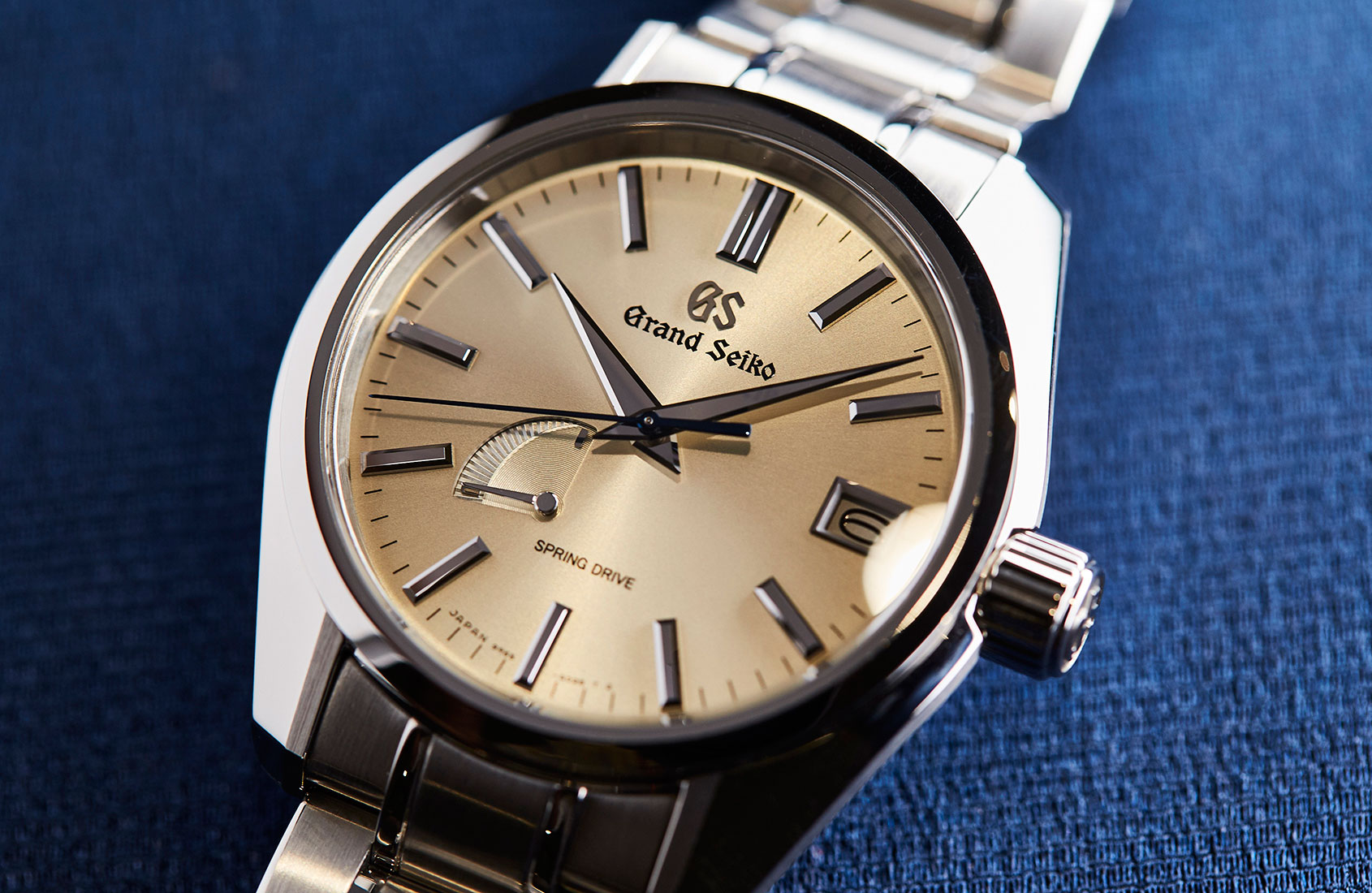
The silk sunray dial of the Grand Seiko SBGA373 is one of the unspoken heroes of the collection. It’s a very, very delicate, light sunray unlike anything you would find anywhere else. There are many layers to this dial, which actually makes it more complex than making the dial on the Grand Seiko SBGA211 Snowflake. The whole goal, as with all components of a Grand Seiko watch, is to play with light and shadow. You take this dial into the sun, and it’s silver in tone. Then you get into a darker setting, and it becomes a radiant champagne gold. The rest of the time, it’s somewhere in between. It’s really a complex dial.
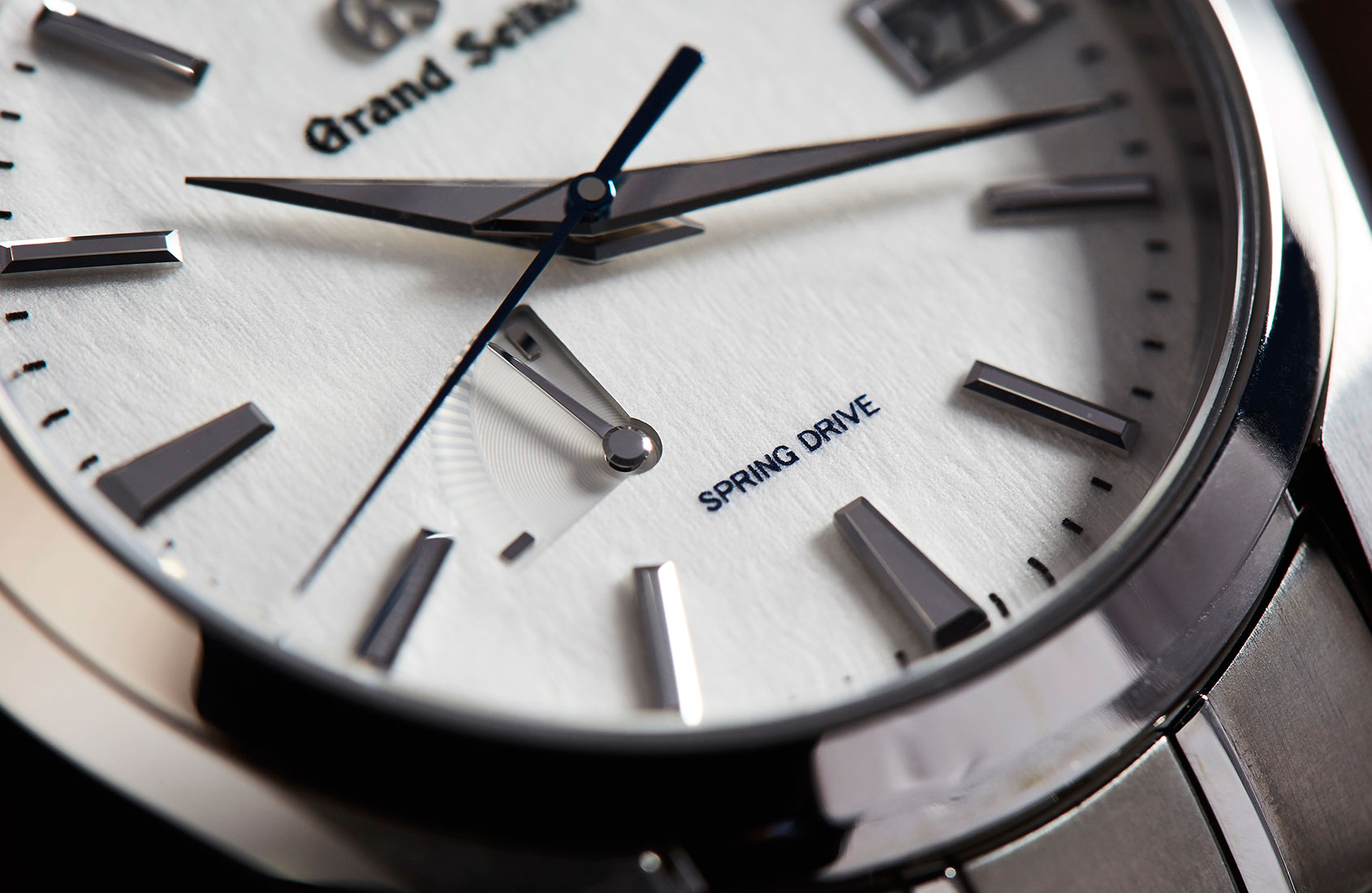
These dials are made one by one, and they have to do a polishing process first. Then they have to do a perfect mirror polish. Then they go to the sunray, internally referred to as the F17 sunray. The dial is held in the centre by a tray that spins. Through this little disk, this brush is creating the sunray pattern. This is after an ultra-thick silver plating and the aforementioned mirror polishing process. It’s not just plated with silver. There are more layers that go on top, and there’s a light gold plating that’s done as well. To recap: it’s polishing, mirror polishing, then silver plating, then silk sunray pattern one, and then you go into the gold plating, then it continues from there. It just is countless work not limited to the SBGA373, but all models utilising this sunray finish. It’s amazing that this is found in their quartz movements for starting under $3000, all the way up to the Chronograph model at $8200.
This is just an amazing dial that should probably make a difference to the price. It’s a lot of work. You have to play with that dial to really get a sense of its intricacy. It is really under the radar, likely because consumers don’t know how much effort goes into making it. Again, while the sunray finish is not limited to the silk/champagne colour, I’d say that the champagne is probably the best one to look at.
The aspects listed above are only some of the unique things to discover about the brand and the design of their watches. I hope these aspects are novel surprises for you, and things you may not have already known about Grand Seiko.
Check out Part 2 of the list right here.




